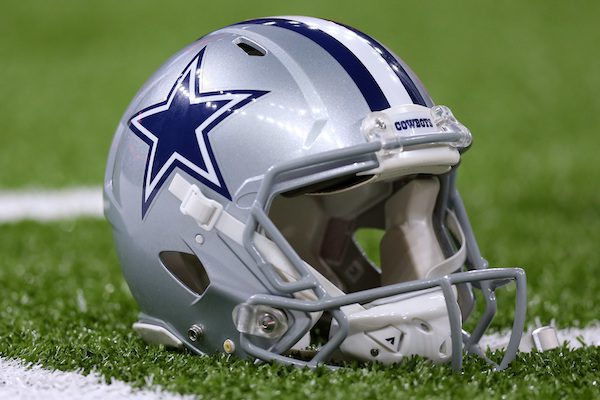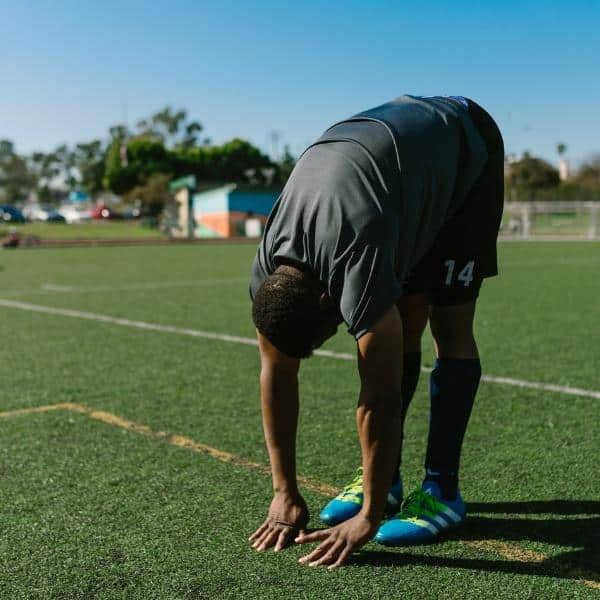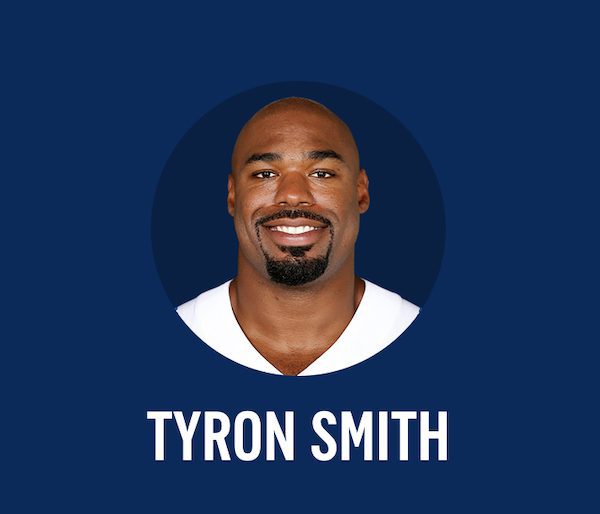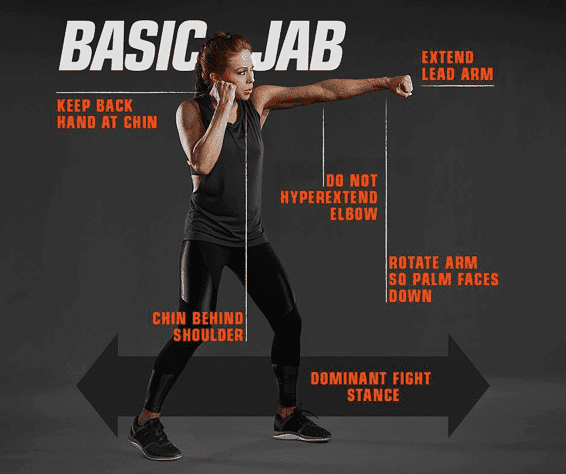How did Tyron Smith of the Dallas Cowboys Injure his Hamstring? If you are a die-hard Dallas Cowboy fan, then you know Tyron Smith. It seems like every year, he has some freak injury that causes him to miss part or all of the season. To be exact, he has been injured for the last 6 years. A hamstring injury is no laughing matter.
Tyron is expected to be out for a couple of months as he tore his hamstring, which is more severe than a hamstring pull.
A hamstring injury will prevent him from moving backward and forward and pushing around 300-pound defenders. Also, this type of injury will keep him from pulling out on screens.
Tyron Smith plays the second most demanding and important position in football. He plays offensive left tackle. Left tackles are responsible for protecting the blind side of the most important position on the field, the quarterback.
It was Lawrence Taylor that educated coaches and owners on the type of athlete that was needed to play left offensive tackle. On a Monday night in 1985, the Giants were playing the Washington Commanders when Lawrence Taylor, the greatest defender to ever play the game, sacked Joe Theisman from his blindside, breaking his leg and ending his career and the Commander’s season.

How does Tyron Smith Get Injured Every Year?
It all began in 2018 when he sustained a neck injury. The following year he injured his back and ankle. You already know where this is headed for those who have had back or neck injuries in the past.
The back and neck are part of the skeletal system; equally important, they support the posterior chain. The posterior chain is a group of muscles that perform compound lifts like the squat and deadlift. The muscles included in the posterior chain are the back, butt, and hamstring muscles. In short, these are the muscles on your backside.
The muscles in the posterior chain work together during athletic activities. Sometimes they serve as the primary muscles, and other times as the secondary or supporting muscles.
When one muscle cannot do its job, the other muscles in the group work harder to compensate for the weaker muscle. This explains why people that injure their back or neck or more susceptible to muscle and skeletal injuries.
When a football player sustains a back or neck injury, they either retire or are never the same again. A back injury is the primary cause of a hamstring injury as the body tries to compensate for a weak or injured lower back.

How to Prevent Back and Neck Injuries from Causing a Hamstring Injury?
A little disclaimer I injured my back in a car accident and, as a result, had back surgery that required titanium screws. At 54, I continue working out, performing the squat, deadlift, and back row. I also run on the treadmill regularly for 30 minutes at a time.
Once your back or neck is injured, you have to treat your body differently. So the training that other people do will not work for you. This happens because the body is always searching for its original baseline. Muscles are constantly tightening even after you have stretched them to support a compromised skeletal system. Sometimes the muscles tighten so much that it causes spasms.
So what can you do to address this problem, manage pain, and prevent future injuries? The first thing you can and should do is treat your body like it is in permanent rehab. I know no one wants to hear this, but it is true. Most people and athletes’ biggest mistake is moving on after a back or neck injury. There is no moving on from a back or neck injury.
You can still have a good life, but it will take some work on your behalf. Most therapists provide exercises and treatments you can do yourself during rehab. Now, why do you think they do this? Because you are now in permanent rehab, and when they stop working with your back, your work is just beginning. Here is a list of things you should be doing if you have an injured back or neck:
- Monitor Signs and Symptoms
- Incorporate a Stretching Regiment
- Resistant Weight Training
- Self Treatment – tens unit, cold/heat, massage, over-the-counter medicine
- Quality mattress and pillows
- Use Correct Posture – standing, sitting, and walking
Did Tyron Smith’s History with Neck and Back Injuries Have Something to Do with His Hamstring Injury?
The answer to this question is yes. A compromised lower back will cause a hamstring injury, including tightness, pulls, and tears. Even with stretching, the muscles will continue to tighten. Therefore, you must stretch more than a healthy person to avoid a hamstring injury.
Also, you must be on the watch for tightness and prep for strenuous activities the night before and leading up to any athletic activity. Do not be afraid to take the day off if your hamstring feels too tight. He who fights and runs away lives to fight another day. Tyron was compromised if the Cowboys left Tyron Smith’s preparation up to him.
While amateurs must self-rehab, this is not the case for professional athletes. Once a professional player sustains a back or neck injury, if the team has any long-term plans for that athlete, he or she should remain in permanent rehab for the remainder of their career.
Tyron Smith’s hamstring tore because he was placing too much pressure on his hamstring that was too tight as the muscle was trying to compensate for an already compromised lower back.
He and the Cowboys could have prevented this by stretching and monitoring his lower back and hamstring. If stretching could not relieve the problem, other more advanced rehab techniques could have been used. Also, the Cowboys could have given him the day off. It’s not a well-kept secret that surgically repaired backs cause hamstring injuries.
The Last Word on Tyron Smith’s Hamstring Injury
So what can we learn from Tyron Smith’s hamstring Injury? The first thing is that the Cowboy’s medical team needs to do a better job with players with a history of lower back problems.
The second thing we learned is the Cowboys need to start looking for a replacement for Tyrone Smith because the injuries will continue without permanent rehab.
The final thing we learned is that back and neck injuries cause other types of injuries, especially pulls and tears.
If you have a damaged or surgically repaired back, you can live a pain-free and normal life. But you can’t ignore your back or neck. Also, you shouldn’t pretend that rehab is over because it is not. Finally, develop a treatment plan based on what you learned in rehab.
If you have forgotten the treatments and techniques the rehab specialist taught you, it’s a good time to call your doctor and ask for a copy of the rehab folder they gave you when you entered or left rehab.




